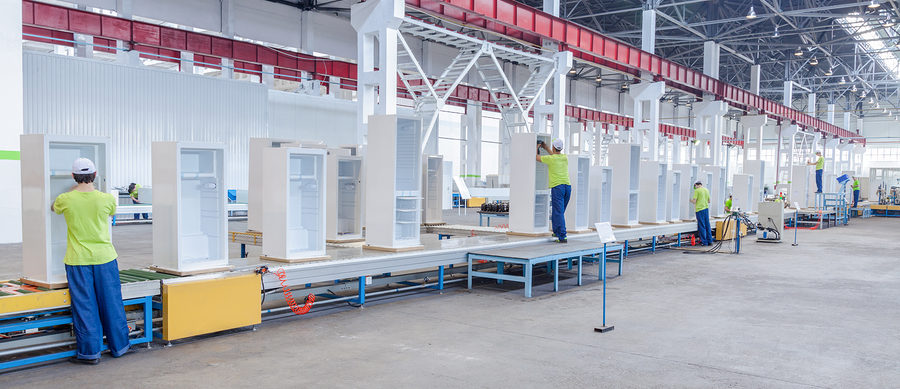With expeditious advances in the realm of Industry 4.0, automation, and augmented reality, the United States continues to play a vital role in global manufacturing market trends and is projected to take the top spot over China in Global Manufacturing Competitiveness by 2020. However, with Switzerland holding the top spot in the Global Competitiveness Report 2017-2018 — and with Singapore just trailing the U.S. — it is imperative U.S. manufacturers stay abreast of what’s happening in the industry worldwide, including activity in emerging markets.
Emerging markets
While manufacturers in major developed markets tend to set industry trends, emerging market reports give industry insiders a broader view of their competition. According to February Manufacturing Purchasing Manager’s Index (PMI) reports, emerging markets China, Russia, Mexico, and India all saw significant activity declines in February with Brazil being the only emerging market to rise. And, while China sits at number 27, Russia 38, Mexico 51, India 40, and Brazil 80 on the Global Manufacturing Competitiveness Index, these important players in the global market can indicate overall manufacturing industry trends and are especially important for manufacturers who trade with these nations.
Although the U.S. PMI continued its growth in February and March, the decline of these emerging markets is a key indication that U.S. manufactures need to remain vigilant in light of today’s globally connected economies.
Asia
While China continues to be a strong contender in global manufacturing, its industry has fluctuated this year. China’s PMI fell from 51.3 to 50.3 in February, and then rose to 51.5 in March. This is due in part to China’s slower production output as well as fewer new and export orders, although employment numbers decreased for the 11th month in a row. Still, Chinese business confidence remains high.
In a trend similar to China, Indian manufacturing fell from 52.4 to 51.2 in February due to production rising more slowly than in January. In addition, while still on the rise, demand for new orders also slowed, likely due to reduced domestic demand. On a bright note, manufacturing employment in India was on the rise in February.

South America
Mexico, an emerging country in the realm of global manufacturing, also saw a PMI decline in February falling from 52.6 in January to 51.6. Paralleling China and India, Mexico saw the decline due to slower production output and less demand for new orders. And, while Mexican export orders also grew more slowly in February due to tariffs and uncertainties in trade with its northern neighbor, employment also rose in Mexico much like the trend in India.
Brazil’s manufacturing PMI tracked differently in February than its fellow emerging markets as it saw an increase, coming in at 53.2 over the previous month’s 51.2. Due to increasing new business and export orders, improved production and factory output, as well as job growth, the Brazilian market tracked higher than its projected February PMI of 53, keeping manufacturing optimism in the country high.
Russia
Russian manufacturing PMI also dropped in February to 50.2 from 52.1 in January. Like other emerging markets, Russia’s output and production grew more slowly in February as new orders continued growing, albeit at a slower rate. Export order increases helped maintain this growth, but manufacturing employment fell in Russia in February. Political uncertainty seems to have led to these downward trends while international demand for Russian-manufactured spurred positive changes.
With fluctuation occurring among manufacturers in global markets, it’s good to note that the U.S. has currently achieved stabilization. And, although the stateside industry is continuing to grow, monitoring global trends can allow manufacturers to better understand what’s shaping the industry inside and outside the country.
